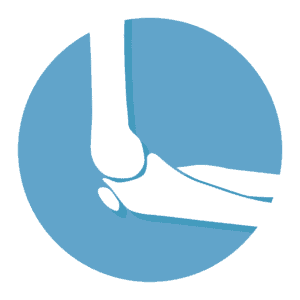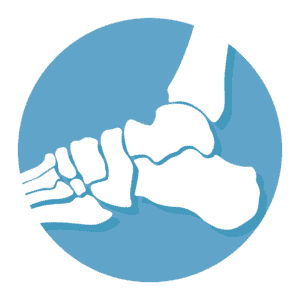The idea of the balloon is to cushion the ball of the humerus bone, or the arm bone, from rubbing against the acromion bone, or the shoulder blade bone. This rubbing occurs if there’s a large rotator cuff tear with retraction. So, part of the job of the rotator cuff is to cushion the ball, and when that rotator cuff is not there, the ball rides up and rubs and grates on the acromion bone, and eventually you just have a very painful, arthritic shoulder. The idea of this balloon is to make a space between the acromion bone and the ball of the ball and socket bone.
This allows two things. It protects the ball from rubbing and developing severe arthritis, but it also pushes the ball down so that you have a mechanical advantage of your shoulder, and you can raise your arm up above your head, because what a lot of patients with a massive rotator cuff tear will complain of is that they cannot raise their arm above shoulder level.
For years, the only solution to that was a reverse shoulder, also known as a shoulder replacement. It’s a very good surgery, it’s just a large surgery, and a lot of patients either have health issues where they can’t have a reverse shoulder, or they’re not old enough yet for reverse shoulder. We like our patients to be in their 60s before they have it. Initially you had to be in your 70s, but that age requirement has decreased over time as surgeons have gotten better at putting in the reverse shoulder.
The reverse shoulder was really a revolution when it happened back in the 1980s. It’s helped a lot of people, but there are people who aren’t candidates for it. And that’s where the balloon comes in. That’s the next revolution in shoulder. Before the reverse shoulder was even available, patients were kinda stuck. Once a rotator cuff tear became too big to heal or the surgeon could not repair it, patients couldn’t raise their arm up, and there was really no solution. You can try and do a replacement, but it just didn’t work out.
Then the reverse shoulder came along, and that helped a lot of people. But again, there’s still a segment of the population that are either too young for the reverse shoulder, they are too active, or they just don’t want that big of a surgery. That’s where the balloon comes in. So far we’ve done five of these surgeries and they’ve gone very well.








